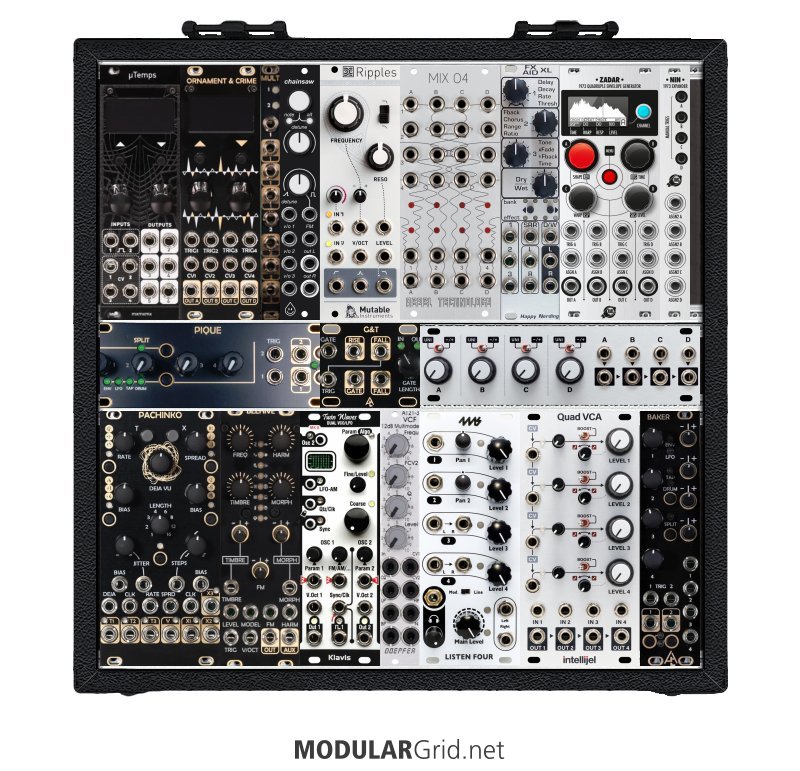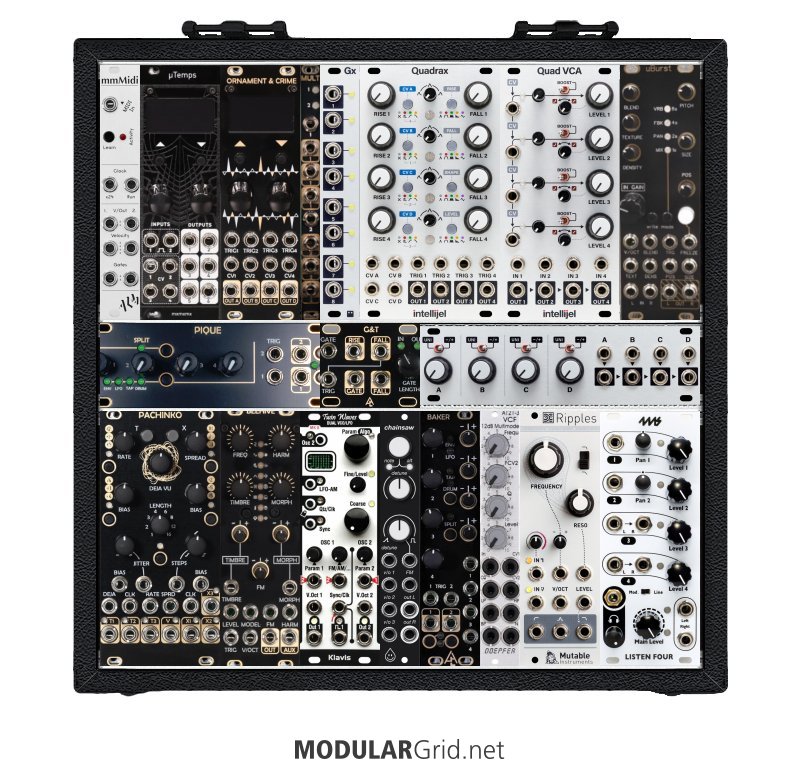Looking for some feedback on the Expert Sleepers ES-8 vs. ES-9
My 'hybrid' setup will only ever be as big as the RackBrute 6U...I know, thats what everyone always says when they get into modular :) I have Ableton Live 11 Suite and want to make use of CV Tools to integrate my modular setup with Ableton and I've heard the Expert Sleepers module(s) are a must have for this. I'm just wondering what I would be missing if I went with just the ES-8 vs ES-9...Since the RackBrute 6U is as big as I'll ever get, I obviously want to conserve space for adding cool modules so am looking at the ES-8 for that reason alone, but wondering if I'd be missing out on any thing big if I didn't go ES-9.
One other item of note regarding my setup...I also have a Hydrasynth desktop which I've already been playing around with using the first module in my RackBrute (the Make Noise Maths)...so ES-8 vs ES-9 with that in mind also comes into play. I currently have a Focusrite 8i6 audio interface, Push2 and LaunchKey49
Thanks for any suggestions/feedback!


